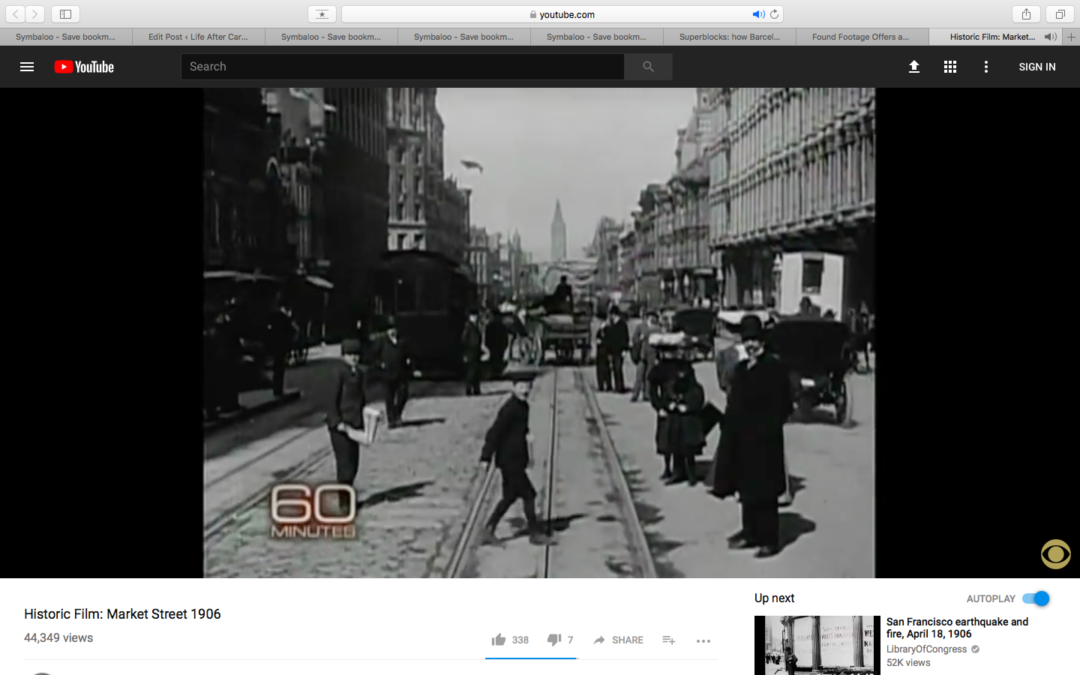Road Wars: City Innovations and Back to the Future

With all the media attention on autonomous vehicles, it's easy to miss the outpouring of other innovations that are changing the use of city streets and roads. As cities around the world push to take their streets and roads back from cars--to cut GHG emissions, traffic congestion, and revive urban life--they are trying an impressive mix of technological and regulatory/land-use changes. This was visible recently in just a few days of news:
- "World's first electrified road for charging vehicles opens in Sweden" -- "The world’s first electrified road that recharges the batteries of cars and trucks driving on it has been opened in Sweden. About 2km (1.2 miles) of electric rail has been embedded in a public road near Stockholm, but the government’s roads agency has already drafted a national map for future expansion."
- "Superblocks: how Barcelona is taking city streets back from cars" -- "The idea is pretty simple. Take nine square blocks of city. (It doesn’t have to be nine, but that’s the ideal.) Rather than all traffic being permitted on all the streets between and among those blocks, cordon off a perimeter and keep through traffic, freight, and city buses on that. In the interior, allow only local vehicles, traveling at very low speeds, under 10 mph. And make all the interior streets one-way loops (see the arrows on the green streets below), so none of them serve through streets.
- "This 'Singing Road" in the Netherlands Has Been Driving Locals Batty" - "Rumble strips that have been installed on a highway located in the Friesland region, in northwest part of the Netherlands, make the road play the Frisian national anthem when drivers pass over them at 40 mph, the BBC reported. The new addition to the road was meant to promote the city of Leeuwarden, this year’s European Capital of Culture. But instead, it has turned into the residents’ nightmare. According to the BBC, one resident called it 'psychological torture.'"
But don't just look to innovations for the future of city streets. San Francisco recently discovered film of the aftermath of its 1906 earthquake. There's not much more than rubble and survivors to be seen, but when you compare that footage to pre-earthquake footage of the city's Market Street, you can see the multiple-use of city streets by pedestrians, trolleys, horse-drawn carts, and, yes, some slow-moving cars--in the days before cities let cars take over and shove every other user aside. No traffic lights and no bicycles, but a people- and transit-centered vibrancy that cities lost and are now trying to restore.


